Your Guide to the Life of a Samurai: 5 Real-Life Places in Japan to Explore the Fascinating Samurai Culture
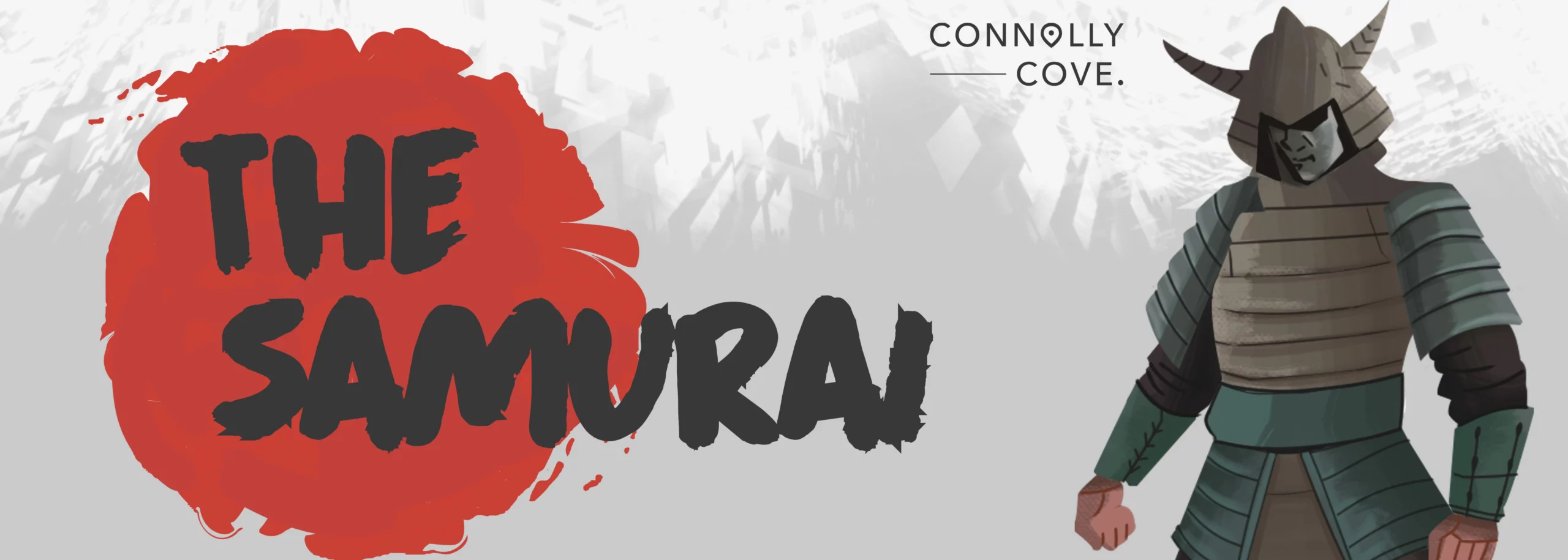
Updated On: April 23, 2024 by Miranne Khaled
From delectable cuisines to exquisite shrines, there are a lot of remarkable aspects to explore in Japan that overflows with a distinctive culture that sets it apart from its Asian counterparts. Besides taking a bite or two of an authentic Sushi dish, you’ll have your mind blown by many aspects that remain confined to the Japanese culture.
Japan shares a lot of similarities with other Asian cultures; however, the Samurai culture remains the cherry on top. It’s an integral part of Japan that is rooted sense of morality, honour, and even strength. The Samurai culture is hugely incorporated into the country’s traditions, history, and culture, with fascinating elements to learn about.
Those who aren’t acquainted with Japanese culture may have collected some information from the renowned cartoon “Samurai Jack.” Although it was a kid-friendly TV series in the ’90s, it still featured essential aspects of this unique culture, even tackling mature concepts for little ones. Thus, we encourage you to learn about the unique culture of the Samurai and immerse yourself in the experience by visiting Japan.
Who Were the Samurais?
As we all know, Samurai was used to describing Japanese warriors of fierce strength and unbelievably flexible bodies. They also wear a white kimono-like robe with wide-legged trousers known as “hakama” and a mid-waist belt. These are all true, and they’re usually the most commonly known information about those warriors, but there’s much more to them than just that.
The term “Samurai” was used to describe a social class in Japan that served in the military during the medieval age. They also performed more than a few martial arts with excellent proficiency, mastering the arts of fencing, archery, spears, and more. Their roles were to offer the daimyo, Japanese feudal lords, protection in exchange for land and food.
With the rise of modern Japan, the ancient culture started to decline until it ended slowly. However, it remained an integral part of the Japanese culture and history. Besides, the Samurai were among the privileged class, yet their privileges too started to abolish with the waning of the feudal system after the Meiji Restoration in 1868.
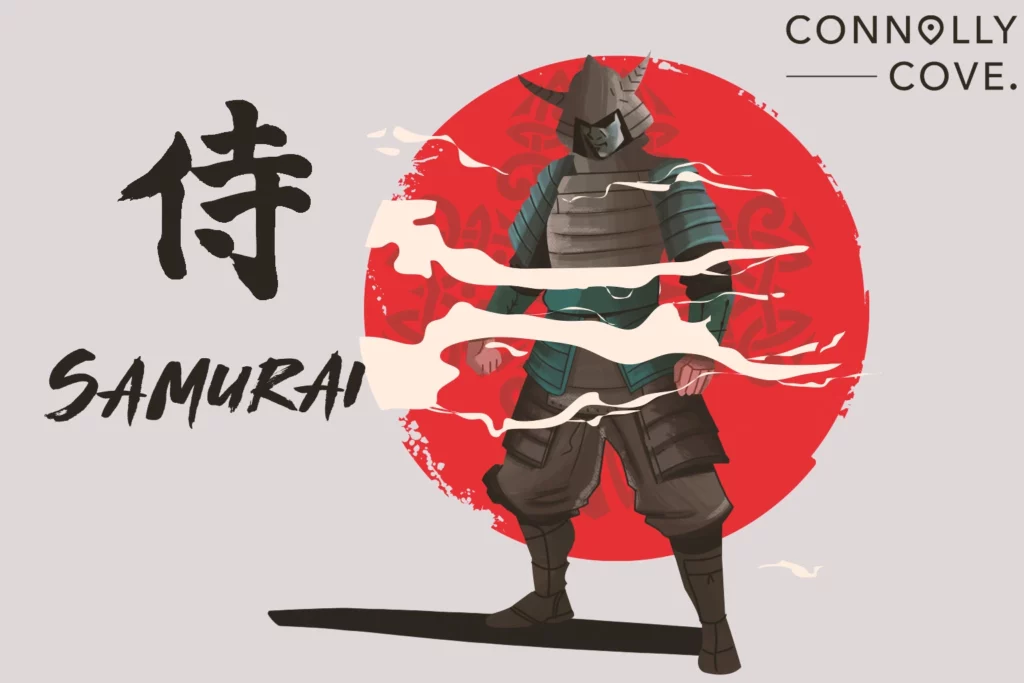
8 Exciting Facts About the Samurai Culture
Ancient Japan was a captivating world full of thrilling adventures and impressive cultures. It’s the birthplace of the Samurai culture, the heroic, noble fighters with exceptional fighting skills and incredible mastery of martial arts. The legendary warriors belonged to the aristocratic class, making it impossible for commoners to become samurais.
This is one of the impressive facts that you may not have known about the noble fighters, but there’s more to learn about this outstanding fabled culture. We brought you a plethora of interesting facts about the Samurai culture that you’ll enjoy learning about.
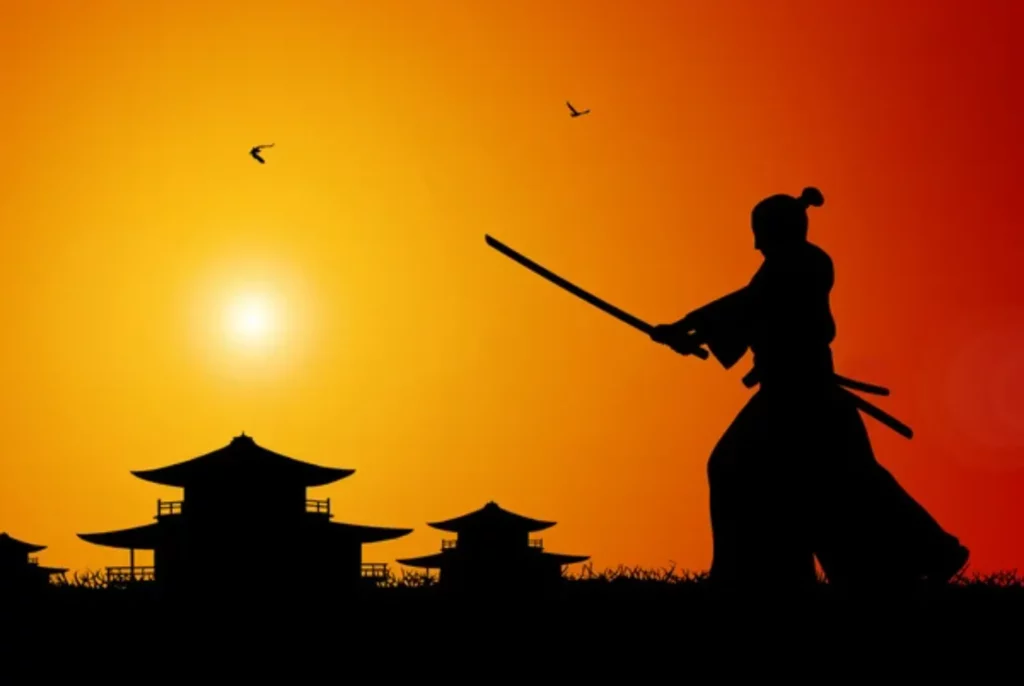
1. Bushido Was Their Strict Moral Code
In Japan, the mighty warriors were called the bushi, following a rigorous moral code known as Bushido. The Bushido translates to “the way of warriors”, and it’s instead a philosophy with several principles that a true samurai should follow wholeheartedly till the day they die.
The Bushido philosophy took inspiration from Confucianism, emphasising the importance of loyalty, honour, and duty. The purpose of the moral code was for warriors to live a balanced life while following virtue ethics while having a high sense of morality and discipline. This moral code was later formalised during the Edo period between 1603 and 1868 until the Meiji Restoration.
2. Western Samurai Existed
Although the samurai concept was strictly Japanese and was even limited to warriors of a specific social class, foreign samurais did exist. However, that only occurred under extraordinary circumstances, where warriors from other lands could fight along Japan and, in rare cases, become samurais.
If a foreigner were to be identified as such, it had to be done only by the influential leaders, the shoguns or daimyos. This was deemed a special honour that the leaders bestowed upon the person, showing them that they had their respect.
The Western samurai concept was seen in Tom Cruise’s famous movie “The Last Samurai”, and the idea was far from fictional. However, only four men in real life gained that status, and they were all from European origins.
3. Their Armours Were Different
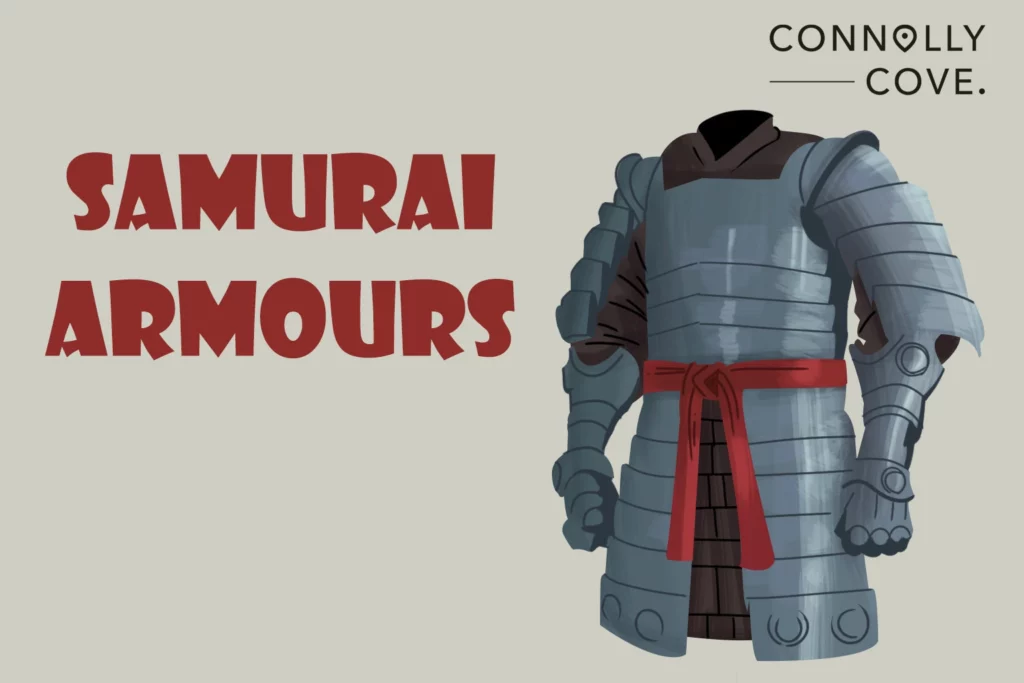
When a samurai wasn’t fighting, he would wear a double-layered kimono made of silk and a loincloth beneath the kimono. The bottom layer consisted of wide-legged pants, known as hakama, to ensure that the attires offered a wide range of movement. Although that was often the depicted image of a samurai, that was their everyday wear, not the armour worn to battlefields.
Samurais didn’t engage in a lot of wars or battles, yet when they did, they had those armour that seemingly imitated the armour of European knights. However, their attires were made of totally different materials. Knights had armours made of metal plates from head to toe. However, the samurai armours were a lot more flexible.
They still wore iron scales but weren’t as clunky as they appeared. The lacquered plates were laced with silk or leather, allowing the fighter to perform in battle efficiently. Although they had shoulder shields and armoured sleeves, one hand would be left sleeveless to maximise their movements.
Lastly, the kabuto was the enemies’ worse nightmare. Kabutos were the samurais’ metal helmets to protect their heads and faces. Yet, they often included demonic masks and diabolical paintings to throw the enemies off their guards and intimidate them.
4. There Were Female Samurais
Japan was perceived among the Eastern cultures as a strict patriarchal society, and even samurai was deemed a masculine term. However, women empowerment was actually a thing in premodern Japan, where a lot of females were encouraged to become among the bushi should they receive the same training and have a high mastery of martial arts.
Onna-Bugeisha was often the term used for female warriors. A lot of archaeological evidence proved that women fought alongside their male counterparts in more than a few battles. However, their weapons were quite different, relatively light and highly versatile, with the naginata being the primary weapon used. Naginata is a long spear with a sharp blade that resembles a sword.
5. Seppuku Was an Honourable Death
The bushis were legendary warriors that honoured virtues and followed Bushido heartedly. Thus, they had to die with honour. Honourable death had always been common among fierce warriors and noble fighters, including the Vikings, and the samurai was no exception. Dying in a battle while fighting for your lands and lords is deemed an honourable death.
Moreover, that wasn’t the only way to die for a warrior; seppuku was another ritual suicide act performed. Seppuku mainly involves cutting the belly open by stabbing oneself with a short sword; twisting the knife was mandatory to ensure the occurrence of a mortal wound. A samurai would perform a seppuku when captured by enemies, violating a bushido principle, or grieving the death of an esteemed leader.
The female version of seppuku would involve cutting one’s throat with a tanto, an extremely sharp knife. In some cases, seppuku was performed as capital punishment for samurais who committed crimes or violated a moral code. A Kaishakunin, an assistant, would be present to behead the person after performing the initial steps of seppuku.
6. They Mastered Several Martial Arts
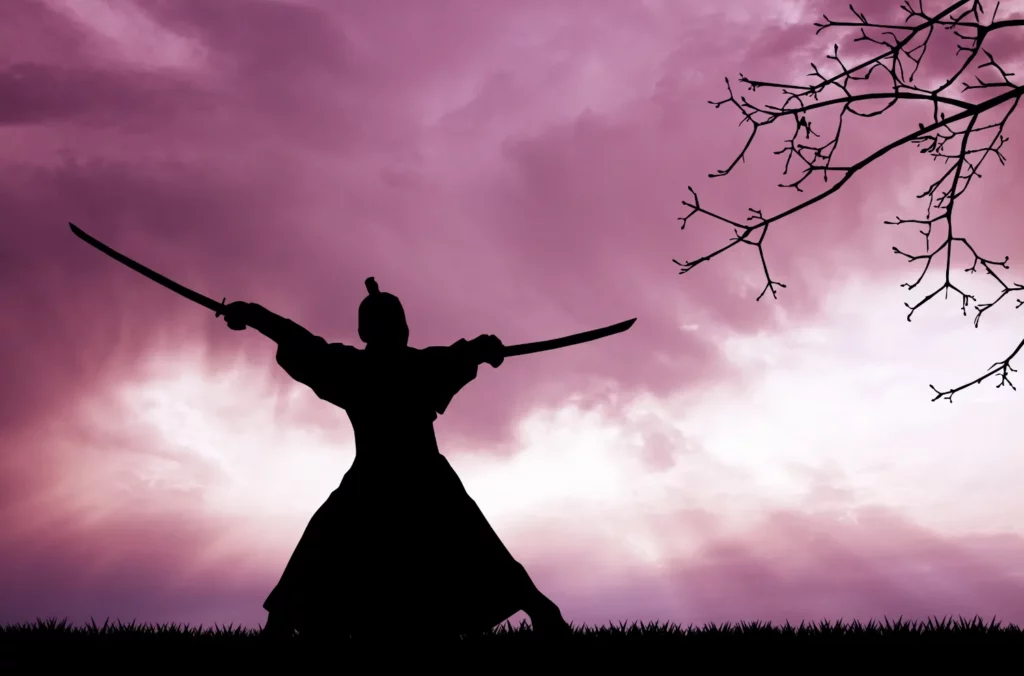
Samurai was often synonymous with swords, given that all the great warriors fought with two sharp-bladed swords, known as katana, presenting unprecedented mastery of swordsmanship. However, the fighting skills of the samurai were far beyond skillfully using a sword. They were required to master seven types of martial arts.
Kendo, the way of the sword, was their central martial art. However, they were also skilful at horse riding, fencing, archery, military strategy, spears, and firearms. They also used plenty of weapons besides their precious katana swords, including axes, tantos, naginata, bows and arrows, and wakizashi.
The martial arts a samurai mastered included Jujutsu, a self-defence technique currently known as judo. Samurai also mastered Ninjutsu, and it’s the martial art that ninjas used, mainly depending on stealth techniques and assassinations.
7. Samurais Were Highly Educated
At a time when few people in Europe were educated, most of Japan was literate, and the samurais, in particular, were highly cultured. Being a bushi meant much more than being a gifted warrior with exceptional fighting skills; it also meant being well-rounded. In modern days, people stereotype Asians as being mathematic geniuses, and in reality, the samurai were highly skilled in mathematics.
Moreover, their bushido code dictated that male and female samurai should constantly work on themselves to become better in every aspect of life. Such a concept produced a highly-literate social class in Japan, with the samurais being acquainted with all types of art, science, and literature.
8. They’re Not the Same as Ninjas
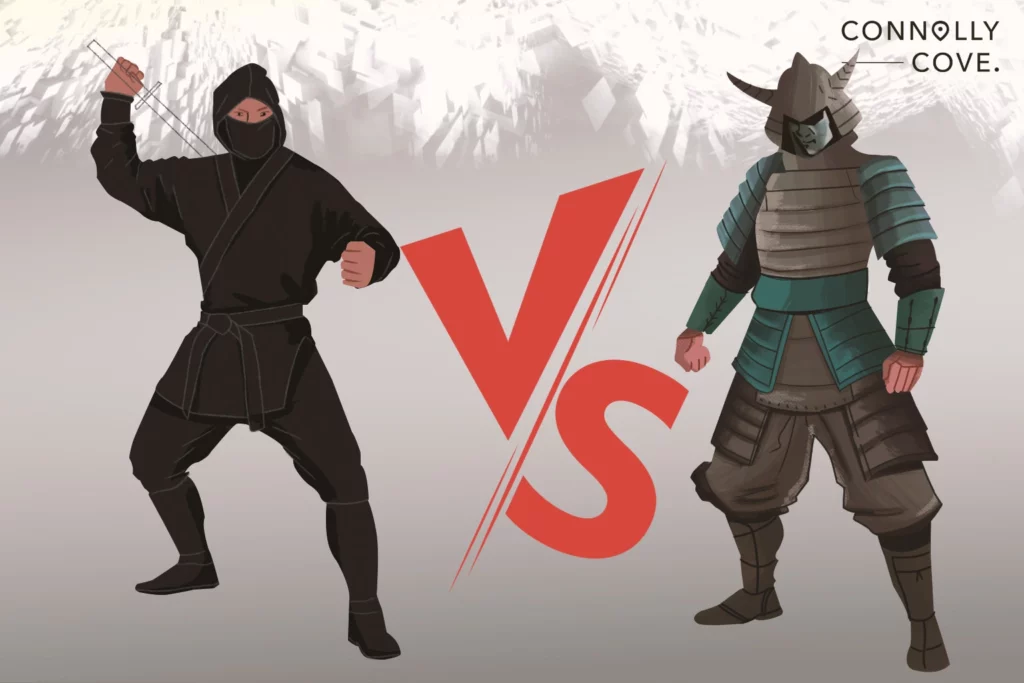
Ninjas are also Japanese warriors with remarkable martial arts mastery. They mastered the techniques of Ninjutsu, another technique the bushi mastered, which was among the factors that led people to think that both were somehow similar. Samurais and ninjas shared a lot of similarities, being fierce warriors and great fighters.
However, the significant difference between them was their social classes. Samurai warriors belonged to the noble classes, and no commoners were allowed to be samurais. However, Ninjas were often from the lower classes; they were hired in exchange for money and material goods. On the other hand, the bushi warriors had higher privileges, as they owned lands and received a better education.
5 Samurai-related Destinations in Japan to Visit
This archaic culture may no longer hold its grounds in our modern times, but it’s still an integral part of Japanese culture. Not only was this culture limited to warriors, but it also taught the Japanese a lot of moral conduct they still carry. Some even claim that the Samurai culture has greatly shaped and influenced the history of Japan.
If you’re still on this page that far, chances are you’re a big fan of this remarkable culture. Thus, we’ve compiled the best destinations to visit to immerse yourself in an ancient culture that will take you to the past.
1. Kakunodate Samurai District
Senboku district is a beautiful area in Japan where you can journey through breathtaking views and spellbinding natural landscapes. The best part is that it’s home to the small village that once embraced 80 samurai families, the Kakunodate Samurai District. It’s one of the most famous samurai villages around today.
This town represents buildings from ancient times, among which many belonged to the noble families of the Edo Period. Even more, the samurai influence is in quite full display regarding the architectural style. It’s an ideal place to step back in time and experience the authenticity of such a prestigious culture.
2. Hagi Castle Ruins
Another way to immerse yourself in the past is to observe the ruins of what was once a prominent building from ancient times. The ruins of Hagi Castle do speak of the samurai era, dating back to 1604 and speaking of the powerfulness of an ancient culture. It sits within Shizuki Park, which is deemed a UNESCO Heritage Site.
Besides observing the remains of a samurai castle, you can enjoy the rest of the park. It features a teahouse and a shrine that are worth seeing. Mount Shizuki proudly stands within the park, adding a pristine beauty to the spot’s backdrop. Biking and hiking are famous activities that you can take around the park to add to your entertaining adventure through the past.
3. Shinjuku Samurai Museum
While the great outdoors is perfect for storytellers of the past, the indoors can divulge untold stories. Shinjuku Samurai Museum is an excellent spot in Japan to learn about the culture and history of the samurais. It’s located in the Kabukicho district and lies just a few minutes from Shinjuku Station, so it’s easy to reach and worth every minute you’ll spend within its walls.
Tours inside the museum offer fantastic historical information about the samurai warriors. It also features objects that were related to their culture, including costumes and a diversity of weapons. More interestingly, visitors are allowed to wear these costumes during their tour to get a sense of how it feels walking in the shoes or attires of a real warrior.
4. Kochi Castle
Japan is home to several castles, but only a few are deemed original castles that stood the test of time and remained intact. Kochi Castle is among those original castles. Not only that, but it also managed to survive to our modern days after being through several destructive events, including raging fire, bombing during WWII, and many natural disasters.
We’re pretty confident this mighty castle lived to tell a story, not a regular one you hear daily. This castle is open for visitors to explore and climb its tower at an affordable price. Honestly, it’s worth every penny, and it’s the most authentic place to explore the samurai culture and history while literally walking over the very same lands and being within the same walls.
5. Edo Wonderland Nikko Edomura
Edo Wonderland, sometimes referred to as Nikko Edomura, is a historical theme park that recreates the golden era of Japan, which was the Edo Period when the Samurai culture rose to its peak. The whole park resembles a small town with several buildings influenced by the Edo architectural style.
The park is full of entertaining activities for everyone. It features the Experience Zones, where you can rent costumes and walk around dressing like Japanese warriors. You can choose from the attires of fierce warriors like samurai or ninjas. Moreover, there are several attractions to visit that will literally pump your adrenaline and keep you amused.
While exploring the beautiful lands of Japan, we propose you dive into the rich culture of the Samurai and observe their enduring legacy. These places will open your eyes to Japan’s unprecedented beauty while allowing you to walk in the footsteps of some mighty warriors. It’s a fascinating culture that will pique the interest of martial art lovers, history enthusiasts, and even curious travellers.






